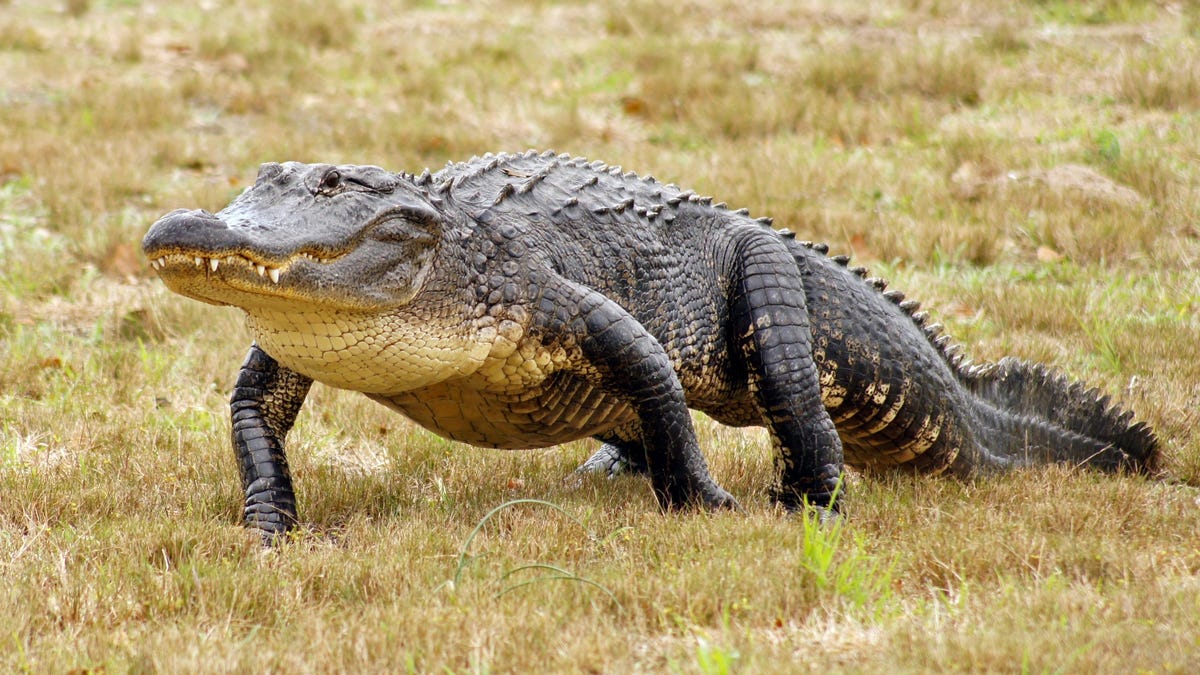6 Challenging 'Animal Walks' You Should Add to Your Workout
Incorporating different types of movements into your workout routine can be an effective way to improve your overall strength, mobility, and conditioning. And walking like an animal—instead of like a human—should be different enough.Read more...


Photo: chloe7992 (Shutterstock)
Incorporating different types of movements into your workout routine can be an effective way to improve your overall strength, mobility, and conditioning. And walking like an animal—instead of like a human—should be different enough.
In the context of a workout, animal walks are exactly what they sound like: exercises that imitate the ways different animals move. This can include jumping, hopping, and crawling in all sorts of unusual (for a person) patterns. Here are video demonstrations of six of our favorites.
How to do a frog jump
A frog jump is similar to a squat jump, except that instead of jumping straight up, you jump while propelling yourself forward. The squat makes this a good exercise for building lower body strength, while jumping forward helps you develop explosive power.
How to do a duck walk
To do a duck walk, squat down onto the balls of your feet. Staying low to the ground while keeping your knees fully flexed and holding your torso upright, take a step forward with one leg, then drag the back foot forward. As personal trainer Ben Walker, founder of Anywhere Fitness, points out, this movement is excellent for improving hip extension.
“We are loosening the hip flexors, making the gluteus muscles stronger, and increasing their capability to hold that ‘sit back’ position while keeping the core braced in an upright stance,” Walker said.
How to lizard crawl
In a lizard crawl, you hold your body parallel to the ground, moving forward using your arms while twisting your torso and legs. This particular motion also increases your hip mobility, while also engaging your core. As you become more comfortable doing it, you can increase the difficulty by adding in a pushup, or working harder to keep your body very close to the ground.
“The lizard crawl is the best for building strength throughout the entire body,” Walker said. The forward lunging movements build strength and flexibility in the hips and legs, while the pushup works the core, triceps, and shoulders.
5 / 8
How to do a platypus walk
How to do a platypus walk
To do a platypus walk, squat at a 90 degree angle with your toes pointed outward, then walk forward and backward. This movement is exceptionally good for developing lower body strength and mobility.
“The glutes, quads and hamstrings are all heavily contracted from start to finish when traveling through these movement patterns,” Walker said.
6 / 8
How to move like an inchworm
How to move like an inchworm
To do the inchworm crawl, you’ll assume a plank position. Walk your hands out, then walk your legs towards your hands, keeping them straight the entire time, then repeat the motion.
As you hinge your hips forward at the torso without rounding your back and while keeping a “neutral” spine, the inchworm crawl focuses on stretching the hamstrings and improving your flexibility, Walker said.
7 / 8
How to do an alligator crawl
How to do an alligator crawl
To do the alligator crawl, assume a plank position and crawl forward using opposing legs and arms, doing a push-up with each movement. As Walker notes, this challenging move, impacts “the mobility of how your chest, shoulders, core, and hip flexors operate together.”

 Astrong
Astrong 































